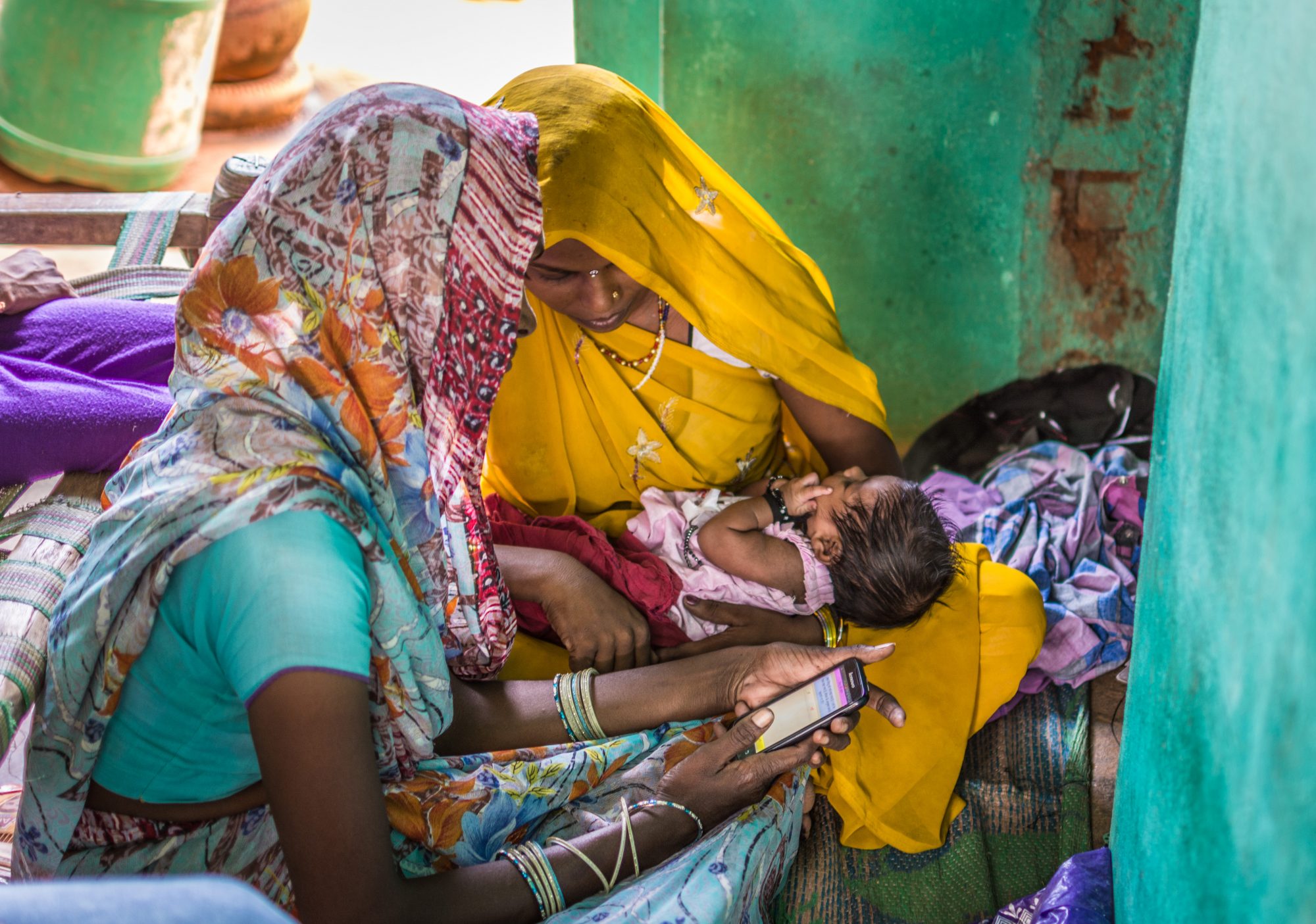Social innovation is going through a dynamic phase in India and ‘Design Thinking’ – a new and potent approach to problem solving is creating a buzz amongst innovators. Design thinking is centred on innovating through the eyes of the end user. It encourages in-the-field research that builds empathy for people, which results in deeper insights about their unmet needs. This helps avoid the common problem of enthusiastic “outsiders” promoting inappropriate solutions and ensures that solutions are rooted to the needs and desires of the community.
Design has historical roots, with structures like bridges, automobiles, airplanes being the end products of design-oriented processes. However, despite early examples of such products, design has largely been an after-thought in the corporate world, resulting in solutions which failed to meet the customer’s needs.
Subsequently, a few companies repositioned the role of designers from the end of the development process to the beginning, amplifying their contribution. This gave rise to effective ‘human-centred’ products which were designed to be physically, cognitively and emotionally intuitive. Design-oriented firms such as Apple demonstrated early on the business impact of design thinking, helping them channel creativity, critical thinking, and empathy to produce human-centred designs.
Understanding the design thinking methodology
In order to get maximum value out of design thinking, it is necessary to understand this approach in a comprehensive manner. Design thinking differs from the traditional method, as a solution-oriented process which begins by stating a hypothesis and then, via a feedback method, continues iteratively to form a model or theory. While the traditional method takes a unilateral, definitive and problem-oriented approach, design thinking is a continuous, iterative process which allows the discovery of alternative solutions, which could lead to an evolved end product/service.
Design thinking necessitates a beginner’s mindset in order to embrace a completely novel approach to inventing solutions and an understanding that devising answers to complex problems require a sustained and iterative approach.
At its core, design thinking is a multi-step process which ensures that we understand the root cause of the problem with empathy and come up with creative sustainable solutions. The process can be described as an overlapping sequence of 3 steps:

- Inspiration: Empathising with the needs of the community and defining a problem statement
- Ideation : Ideating and defining a prototype
- Implementation: Creating, testing and ‘actioning’ the prototype post multiple iterations
Design thinking for Social Innovation
The 21st century problems demand complex and sophisticated solutions. With the expanding innovation landscape, corporates have already started to adopt design thinking practices into their businesses in order to innovate, differentiate and sustain their products in the market. These principles can also be integrated by non-profits to anticipate the consequences of their interventions. Design thinking has the potential to blur the traditional boundaries between corporate, government and the non-profit sector.
Creating a social impact is at the core of design thinking. Many social entrepreneurs already use some principles of design thinking, but are yet to embrace the approach as a way to move beyond conventional problem solving methods.
Design thinking, a particularly valuable tool for social entrepreneurs, is not a novel theory to India. In fact, according to Adobe’s 2016 Creative Pulse Survey, 98% of Indian creative professionals believe that creativity and design thinking are more important to innovation and 61% feel motivated to finding design-led solutions to challenges.
A frequently quoted example of design thinking for social innovation in India is Aravind Eye Care System. The Founder, Dr. Venkatswamy simply started with a question, “Why can’t the principles of McDonald’s be applied to eye care?”
The question led him to create a hypothesis – a hospital providing high-quality ophthalmological care to low income population which would go on to have significant impact on the lives of millions of underprivileged people in India.
Dr. Venkatswamy considered process models like McDonald’s, which had successfully adopted the modern day assembly lines. Mapping the patient journey from time of admission to discharge, Dr. Venkatswamy developed a standardised and streamlined system that aims to improve the utilisation of services and resources (doctors, nurses etc) and bring down costs without compromising on the safety of the patients. A surgeon at Aravind Eye Care System typically performs 150 cataract surgeries every week; six times the number common among Western specialists. A critical part of this business model is cross-financing: fees from paying patients is directed towards those who cannot afford to pay.
Another successful example of social innovation is Embrace, a social enterprise that aims to help vulnerable infants through an affordable baby-warmer, designed for a resource constrained area with limited or no electricity.
The prototype was designed by the students of Stanford University after a trip to Nepal to meet families and doctors in order to understand the problem of high infant mortality. After being exposed to the harsh surroundings of Nepal, the students were able to empathise with the plight of the parents. They realised that simply designing low cost incubators would not solve the problem since most premature babies were born in areas far away from the hospitals and had no access to incubators. This led to a perception change and the students developed an infant warmer prototype that could be heated in a pot of boiling water and would retain the heat for a couple of hours, acting as an effective incubator. This also provided parents with the time to reach the nearest hospital.
The students formed a company called Embrace and started manufacturing the product, and started selling it for just $25. Currently, Embrace runs programs in 11 countries and has saved over 50,000 premature and low birth weight infants and it all started with a design thinking process.
The Indian government has also shifted its focus on resurgence of design, innovation and creativity-led entrepreneurship (D.I.C.E), resulting in an increased emphasis on integrating design in tackling complex challenges.
The ‘Make in India’ campaign launched in 2015, aims to overcome the manufacturing deficit in India. However, if design thinking is made an integral part of Make in India, it is possible to nurture a culture of innovation. It is important to encourage the creation of a robust ecosystem which facilitates design thinking based knowledge-sharing among upcoming entrepreneurs. Development of services conceptualised and manufactured by social innovators in India must involve multi-stakeholder perception and a strong iteration mechanism at the product envisioning stage. This will result in creation of social entrepreneurs with scalable and sustainable solutions to social issues which are truly Made in India.
As design thinking achieves more acceptance, capable of tackling unpredictable and complex problems, its integration into business and social organisations at a functional level is inevitable.
 Prerana Langa is the CEO of Yes Foundation, social development arm of Yes Bank. She developed YES! i am the CHANGE, a mindset transformation project, innovatively using the medium of films to ignite the spirit of driving positive social change amongst the youth enabling them to become agents of social change.
Prerana Langa is the CEO of Yes Foundation, social development arm of Yes Bank. She developed YES! i am the CHANGE, a mindset transformation project, innovatively using the medium of films to ignite the spirit of driving positive social change amongst the youth enabling them to become agents of social change.
Views of the author are personal and do not necessarily represent the website’s views.
Thank you for reading the story until the very end. We appreciate the time you have given us. In addition, your thoughts and inputs will genuinely make a difference to us. Please do drop in a line and help us do better.
Regards,
The CSR Journal Team

